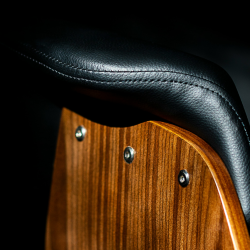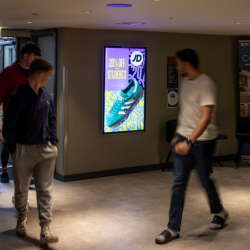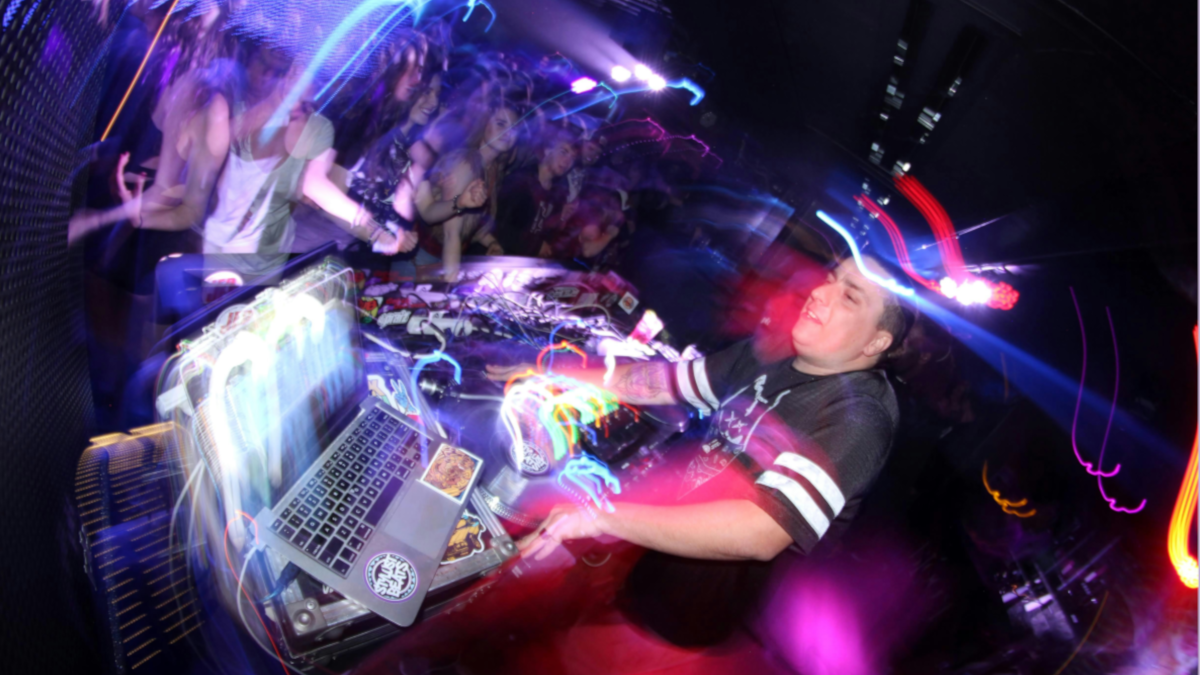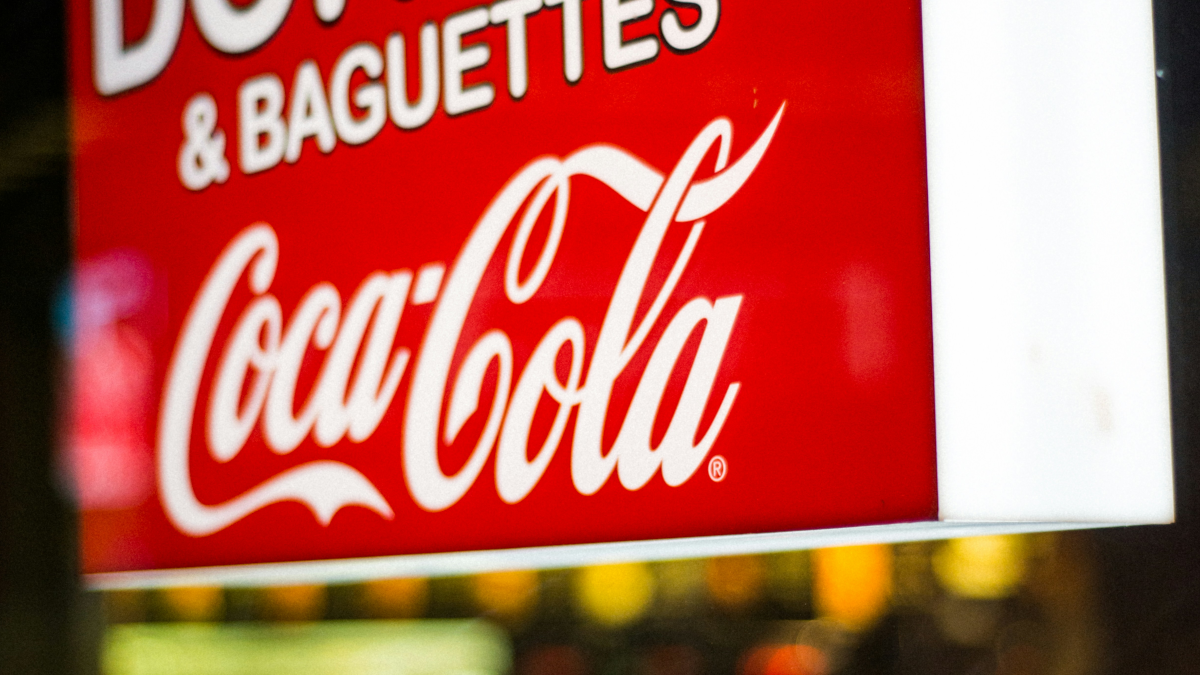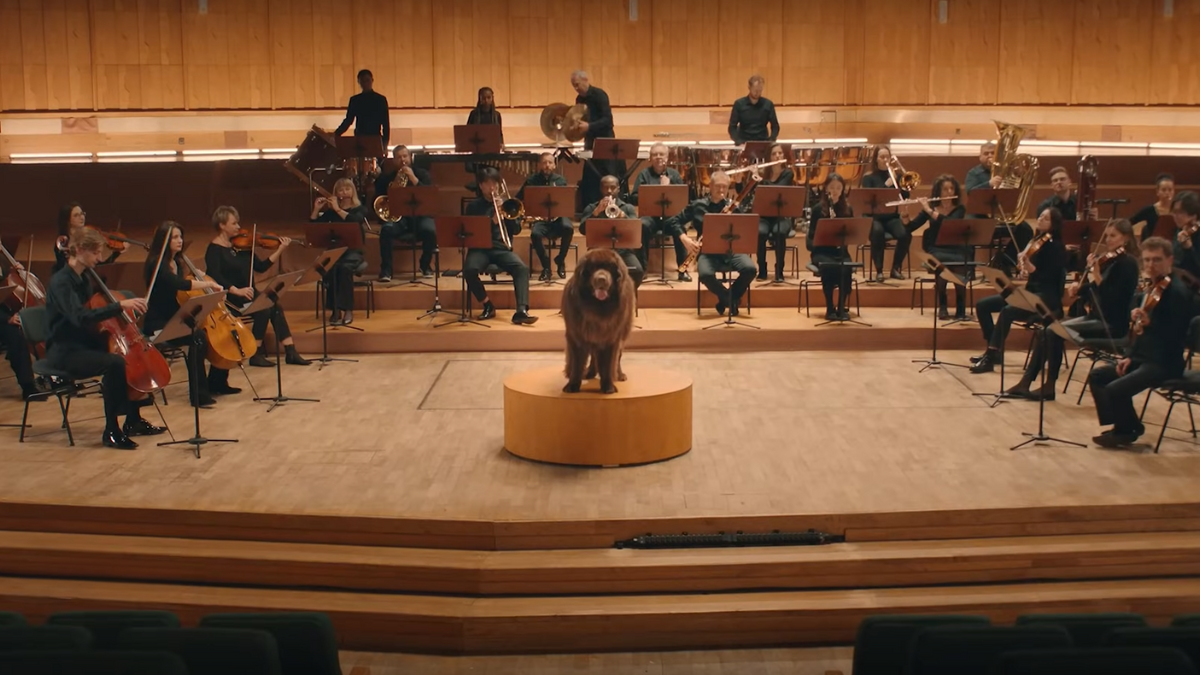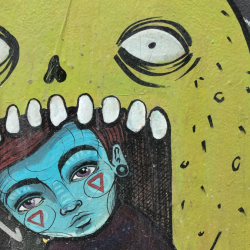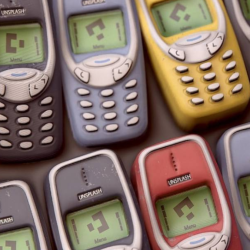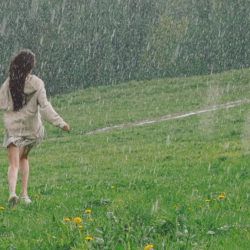Anyone with an interest in club culture has probably seen one of the many videos on X, TikTok and similar, mocking the sight of clubbers who are not joyously waving their arms in the air, but instead using them to hold their phones aloft. Typically, these also feature a DJ bro giving his all to a big tech-house drop, with everybody in the place determined to capture the general epic nature of the occasion.
Ignoring the irony that the person doing the mocking must also have been holding their phone aloft, let’s instead focus on the nightlife industry’s reaction to such incidents. ‘No phones on the dance floor’, has increasingly been the response. What started in Berlin’s queer party scene, and at venues such as Tresor, UFO, Planet, Snax Club and, some while later, Berghain, then arrived at London clubs like FOLD and Fabric. Now, tellingly, it has travelled as far as the conspicuous clubbing epicentre, Ibiza. Specifically to nights at Hï Ibiza and the Pikes hotel club (‘Keep your phones in your pocket and your mind on the music,’ they advise via Instagram).
But it’s not just club culture
This growing emphasis on living the moment, rather than recording it for purposes of posing and posterity, isn’t limited to clubs. It’s a growing trend at gigs, with Alicia Keys, Childish Gambino and Bob Dylan among those requesting that fans pop their mobiles into sealed pouches (Prince got in on the act predictably early: 2012). Restaurants are onboard, too. Some are putting stickers over guests’ phone cameras. Others are rewarding them for keeping their devices out of view with free bottles of wine. Lots are just plain sick of the sight of their clientele whipping out miniature tripods and turning dinner into impromptu film sets. When something as big and mainstream as ABBA Voyage — which initially allowed people to take 30-second clips — resorts to banning phones outright (though one assumes protecting commercial value is as much a factor here as enhancing the experience), we can call this a significant shift.
Themes to note in the debate include: how we rely on our phones so much that we no longer trust our own memories; how self-expression and the rights of others to stay out of sight in the subcultures of their choice are being inhibited; the impact of peer pressure (one person gets their phone out, hey, everyone gets their phone out); and, of course, that no-one actually needs to see another vid of a DJ bro mid-drop ever again. ‘Essentially, you’re not present in the moment,’ psychologist Charlotte Armitage explained in a recent Time Out article. ‘So instead of smelling, hearing, sensing what is going on around you, feeling the sound vibrations, you’re staring down into a brightly lit phone.’
Personal freedom vs preserving participation
The notion of banning things in this type of context — nights out, having fun — understandably raises concerns about personal freedom and the right to choose how we engage with our surroundings. Damon Albarn had some words to say on the topic recently: ‘If you start banning things, where does it end? I think you’ve just got to turn up and do your thing. People won’t want to be on their phone if you’re engaging with them correctly.’
Also, given that issuing ‘phone bans’ feels reminiscent of dishing out punishments to kids, there’s something telling in that the sealed pouches used at gigs were first deployed in schools to tackle phones disturbing lessons. Some kind of cultural backlash feels a possibility, then, with an emphasis not on bans and zero tolerance but on collective self-moderation (because we’re good at that, right?).
But for now, most of the energy is moving in the other direction. Towards preserving the benefits of communal experiences, and what we gain from active participation.
Conventional media vs social media
We can file all of this next to the burgeoning enthusiasm for physical entertainment (records, magazines, cassettes, puzzles, typewriters, analogue photography). The desire to, like, feel something and subvert the perceived numbing effects of our friction-free digital lives — albeit, while probably simultaneously heading to our devices to book a holiday, buy a T-shirt and check the dog in at the canine boutique hotel.
In tandem, it throws up the latest set of questions on the purpose of conventional media versus social media. Without access to the required backdrops, perhaps the role of the influencer will diminish. With less social material in the ether, a rejuvenated purpose for traditional media — though hopefully without too much focus on the ‘traditional’ — may take shape. With it, room for more curated perspectives, as delayed gratification and richer narratives trump quantity and immediacy.
Good news, then, because for those in arts and entertainment media, it’s been in short supply. But a rebalance of how we go about documenting our lives, complete with fewer phones in the air, that could spark a new relevance and the fresh ideas to go with it.
Featured image: Alps Patel / Unsplash


